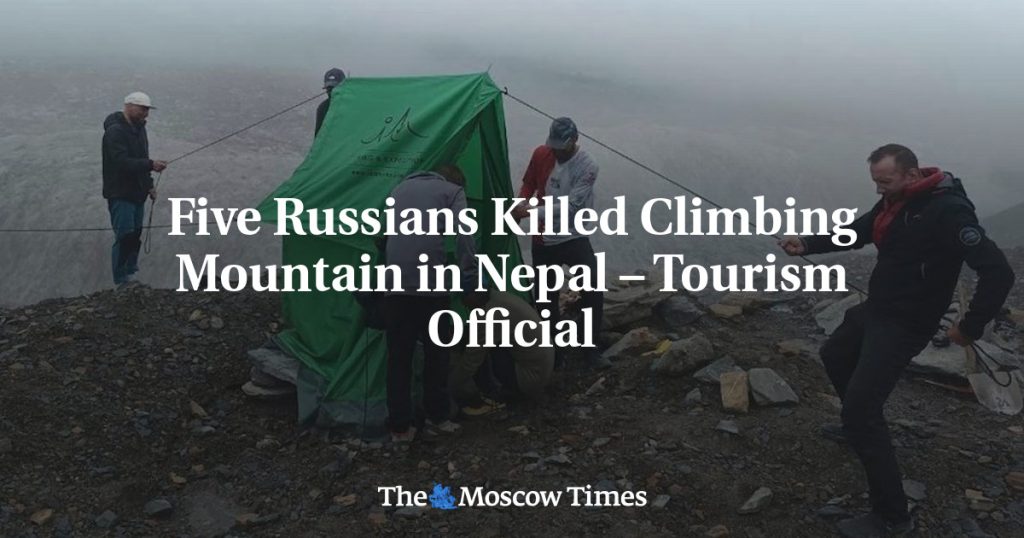Five Russian mountaineers lost their lives while attempting to summit Dhaulagiri, the world’s seventh-highest mountain in Nepal. The team went missing on October 6, and their bodies were later discovered by a helicopter rescue team at 7,700 meters. One climber who abandoned the summit attempt was rescued and taken to a hospital in Kathmandu. Nepal’s tourism department confirmed the tragic incident, highlighting the dangers of high-altitude climbing in the Himalayas.
Each year, hundreds of climbers from all over the world visit Nepal during the fall climbing season to tackle the challenging peaks of the Himalayas. Nepal is renowned for being home to eight of the world’s 14 highest mountains, attracting adventure enthusiasts seeking to conquer these majestic summits. The influx of foreign climbers provides a significant source of revenue for the country, contributing to its tourism industry and local economy. However, the growing popularity of mountaineering has led to increased competition among companies, raising concerns about safety standards.
The incident on Dhaulagiri underscores the risks and challenges faced by climbers in the high-altitude environment of the Himalayas. Despite advancements in equipment and technology, the unpredictable nature of mountain weather and terrain can prove fatal for even the most experienced mountaineers. The steep slopes and harsh conditions of peaks like Dhaulagiri demand careful planning, skill, and endurance from climbers, with the potential for accidents and fatalities always looming. Tragically, the Russian team’s expedition ended in tragedy, highlighting the inherent dangers of extreme alpine pursuits.
The history of mountaineering in Nepal dates back to the successful ascent of Dhaulagiri in 1960 by a Swiss-Austrian team, marking a significant milestone in Himalayan exploration. Since then, the mountain has been summited by numerous climbers from around the world, adding to its allure and reputation as a challenging peak to conquer. The relentless pursuit of new climbing achievements and records drives many mountaineers to test their limits on treacherous mountains like Dhaulagiri, pushing themselves to the edge in pursuit of personal and collective goals.
As the popularity of mountain climbing continues to grow, concerns have been raised about the commercialization and commodification of the climbing industry in Nepal. With multiple expedition companies vying for business and the pressure to attract clients, there are worries that some operators may compromise on safety standards to meet the demands of the competitive market. Ensuring the well-being and security of climbers should be a top priority for all involved in the mountaineering industry, from tour operators and guides to government officials and support staff. The tragic loss of the Russian mountaineers serves as a stark reminder of the dangers inherent in high-altitude climbing and the need for stringent safety measures and regulations to protect the lives of adventurers.


